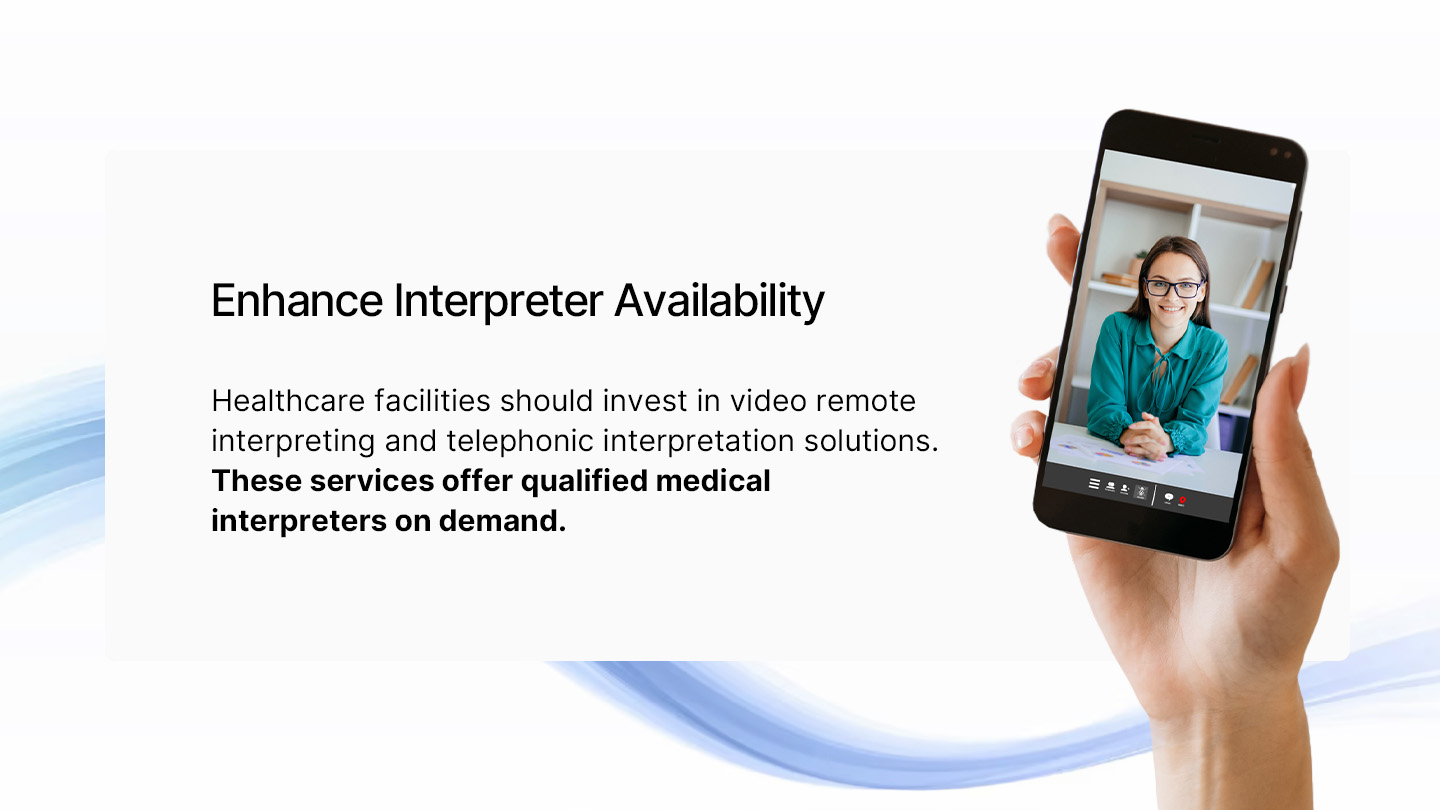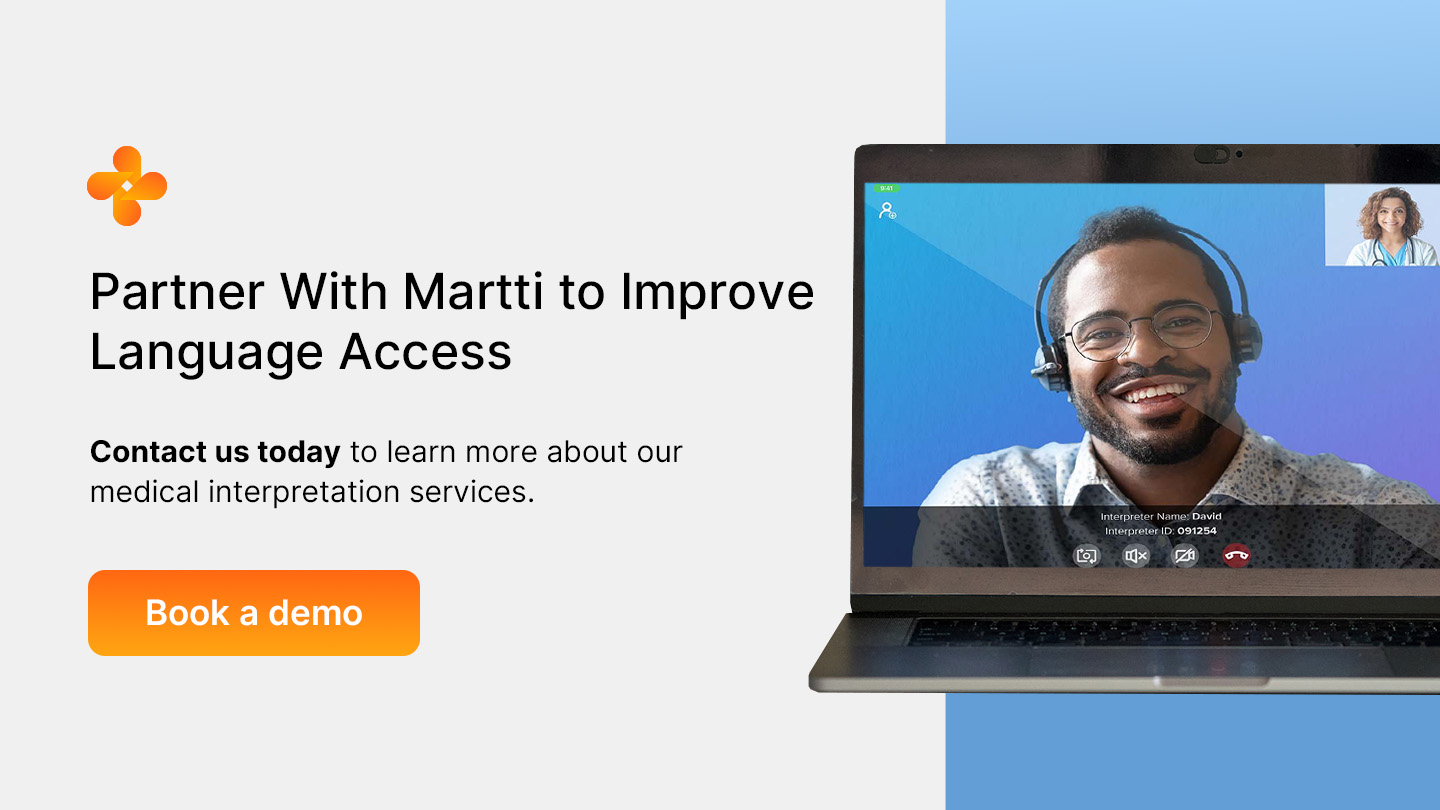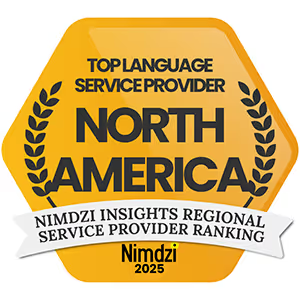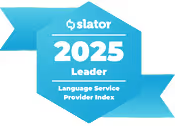According to recent studies, nearly 68 million people in the United States speak a language other than English at home, and over 25 million have limited English proficiency (LEP). This linguistic diversity highlights the critical importance of language access in healthcare. Without effective communication, patients often experience poorer health outcomes, decreased satisfaction, and limited access to preventive care.
That is where language access services in healthcare come in, bridging the communication gap and helping providers offer equitable, high-quality care for all patients.
What Is Language Access in Healthcare?
Language access in healthcare is the ability of individuals to provide and obtain healthcare services in a shared language. Language access services make this possible by providing language assistance to individuals who have limited ability to read, speak, write, or understand the primary spoken language, such as English. These services help prevent language barriers in healthcare that can result in disparities in healthcare outcomes, such as:
- Higher rates of medical errors and adverse events.
- Decreased patient satisfaction and trust in healthcare providers.
- Reduced adherence to treatment plans and follow-up care.
- Increased healthcare costs due to unnecessary tests and procedures.
Language access services in healthcare include:
- Interpretation services for spoken and signed languages.
- Translation of written materials, patient portals, websites, and patient communications.
- Bilingual staff.
- Auxiliary aids and services for individuals with disabilities.
- Policies and a plan to efficiently operationalize these services.
- Training of hospital and clinic staff on how to access the services in a timely manner, best practices when providing language access, and how to work with interpreters.
Providing language access services in healthcare is also a legal obligation. Under Title VI of the Civil Rights Act of 1964, healthcare providers who receive federal funding must provide language assistance services to LEP individuals. Failure to comply with these regulations can result in legal consequences and negatively impact patient care.
Challenges in Providing Language Access Services in Healthcare
Despite the importance of language access in healthcare, many facilities face significant challenges in providing these services. Insufficient resources, inadequate training, and technological barriers hinder the effective implementation of language access programs.
Insufficient Resources and Qualified Staff
Healthcare facilities can struggle with budget constraints. Since hard choices must be made to prioritize staff, medical equipment, and medication, facilities have minimal resources to hire and train qualified interpreters. Even after partnering with remote interpreting companies, finding qualified medical interpreters for less common languages can be challenging as there are fewer available than needed.
Inadequate Training and Awareness
Some healthcare providers lack awareness of language barriers, assuming every patient has at least a basic understanding of English. Alternatively, if they are aware of this, they may rely on untrained interpreters, such as family members, or their own basic knowledge of a language, which can lead to errors and breaches of confidentiality.
Additionally, many healthcare facilities do not provide ongoing and appropriate training on language access policies. These inadequacies result in a lack of awareness about cultural nuances that affect patient care, the ability of healthcare providers to do their job, and the importance of working with qualified interpreters.
Technological and Regulatory Barriers
Integrating language access platforms into existing healthcare systems can be challenging. Healthcare facilities may struggle to implement and maintain the necessary infrastructure. Additionally, navigating complex language access regulations can be daunting, especially for smaller healthcare facilities. Keeping up with the evolving regulations and ensuring compliance with relevant standards requires significant time and resources.
How Healthcare Facilities Can Improve Language Access for Patients
To overcome these challenges and improve language access in healthcare, facilities can implement the following strategies.
Enhance Interpreter Availability

Investing in language services ensures effective language assistance for all healthcare providers and patients. Healthcare facilities should partner with or hire local organizations that provide qualified onsite healthcare interpreters who are proficient in the languages most commonly used by their patient population.
In addition to onsite interpreters, healthcare facilities need remote interpreting services. It is important to invest in video remote interpreting and telephonic interpreting solutions. These services offer qualified medical interpreters on demand, guaranteeing effective and timely communication support for languages that are more difficult to find and to help with requests that are not covered by local resources.
Strengthen Staff Training and Cultural Sensitivity
Comprehensive training programs for healthcare staff help improve language access in healthcare. These training programs should cover topics such as:
- The importance of language access and its impact on patient care.
- Legal obligations and regulations related to language assistance services.
- How to access and work effectively with interpreters.
- Cultural sensitivity in healthcare interactions.
- Best practices for communicating with LEP patients and their families.
By equipping healthcare providers with knowledge and skills to navigate cross-cultural communication, facilities can foster a more inclusive and patient-centered care environment.
Standardize Language Access Policies
Developing and implementing a clear, standardized language access policy, a plan, and procedures ensures consistent and effective language assistance. These documents should outline the roles of healthcare providers, interpreters, and staff in all departments in providing language services. They should also highlight the process for identifying and documenting patient language needs.
Standardized documents (plan, policy, and procedures) also help ensure compliance with legal and regulatory requirements, reducing liability risk for healthcare facilities.
Expand Patient-Centered Communication Tools
In addition to interpreter services, healthcare facilities should invest in patient-centered communication tools that enable language access. These tools include:
- Translation services: Healthcare facilities should translate vital documents, such as consent forms, discharge instructions, and patient education materials, into the most common languages used by the patient population.
- Patient portals: Facilities can develop multilingual patient portals and health information websites that provide access to health resources and tools in various languages.
- Technology platforms: If the outreach budget allows, healthcare facilities can use mobile health apps and text messaging services that offer language-specific content and support.
- Navigation systems: Facilities should ensure they are easy to navigate for all patients by implementing way finding and signage systems that incorporate multiple languages and visual cues.
Why Trust Us?
With over two decades of experience offering language access solutions, Martti has gained unparalleled expertise in navigating the complexities of cross-cultural communication in healthcare. We offer comprehensive, on-demand video and audio interpretation in over 250 languages, and our technology seamlessly integrates with existing healthcare systems.
Martti's collaboration with healthcare facilities nationwide has given us unique insights into the implementation of language access strategies. We have witnessed the impact of effective assistance services on patient care, health outcomes, and organizational performance. Through our practical experience and commitment to advancing health equity, we have established ourselves as a trusted resource for healthcare professionals who want to provide the highest quality of care to all patients.
Partner with Martti to Improve Language Access
Language barriers can result in compromised care and discrepancies in patient outcomes. By implementing effective language access services such as interpretation solutions, facilities can break down communication barriers, enhance patient engagement, and improve health outcomes for LEP and Deaf patients.
Martti is committed to helping healthcare facilities navigate the complexities of language access. Our medical interpretation services, available in more than 250 languages, including American Sign Language, can help your facility bridge the language gap and ensure equitable care for all. With Martti's on-demand services, you can connect with an interpreter in seconds, 24/7, directly from the EHR.
Take a bold step to improving language access in your healthcare facility. Contact us today to learn more about our medical interpretation services.

Linked sources:
- https://www.census.gov/library/stories/2022/12/languages-we-speak-in-united-states.html#:~:text=The%20number%20of%20people%20in,recent%20U.S.%20Census%20Bureau%20report.
- https://www.kff.org/racial-equity-and-health-policy/issue-brief/overview-of-health-coverage-and-care-for-individuals-with-limited-english-proficiency/#:~:text=Introduction,%2C%20speak%2C%20or%20understand%20English.
- https://www.hhs.gov/civil-rights/for-individuals/special-topics/needy-families/civil-rights-requirements/index.html
- https://pmc.ncbi.nlm.nih.gov/articles/PMC10855368/
- https://www.researchgate.net/publication/382156857_Understanding_the_Challenges_of_Language_Barriers_in_Healthcare
- https://www.martti.io/interpreters
- https://www.martti.io/technology
- https://www.martti.io/integrations
- https://www.martti.io/hospitals
- https://www.martti.io/contact










